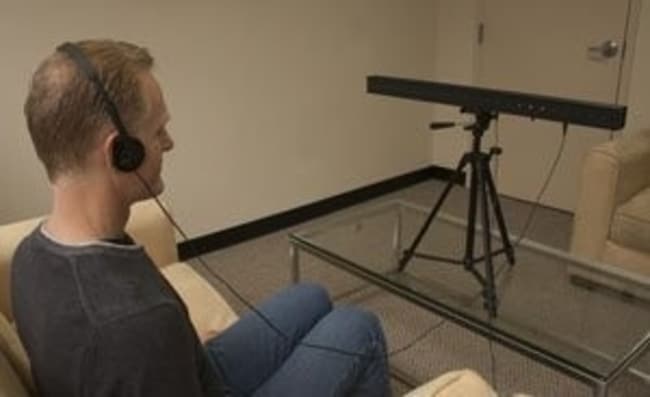
Free EMDR to Do on Myself: A Guide to Self-Administering EMDR Therapy
Eye Movement Desensitization and Reprocessing (EMDR) is a powerful therapy for people dealing with trauma, anxiety, and other emotional difficulties. While traditionally done with a therapist, many people are now looking for ways to do free EMDR on themselves. Here’s a comprehensive guide on how to self-administer EMDR, its benefits, and some important precautions to consider.
What is EMDR Therapy?
EMDR is a type of psychotherapy that helps people heal from trauma or other distressing life experiences. It was developed by Francine Shapiro in 1987, and it’s particularly effective in reducing the emotional impact of memories from traumatic events. EMDR therapy involves recalling these memories while simultaneously undergoing bilateral stimulation, such as eye movements, taps, or tones.
Can You Do EMDR on Yourself?
Self-administering EMDR can be tempting for those who cannot afford professional therapy or want to try the technique in their own space. While you can perform free EMDR on yourself, it’s essential to note that EMDR is a complex therapy that usually requires guidance from a trained therapist. Without proper understanding, there is a risk of re-traumatization or not fully processing your emotions. However, if you’re interested in learning, here are a few steps to consider.
H3: How to Perform Free EMDR on Yourself
- Prepare Yourself Mentally and Physically:
Before beginning EMDR, ensure you’re in a comfortable environment free from distractions. Being mentally prepared and emotionally stable is key. You’ll need to set aside about 20–30 minutes for each session. - Identify the Distressing Memory:
Choose a memory or negative experience you want to work on. Make sure it’s a manageable one and not the most traumatic event you’ve ever experienced. If you’re new to EMDR, start with smaller emotional triggers. - Rate Your Level of Distress (SUD Scale):
Rate your discomfort on a scale from 0 to 10, with 10 being the most intense. This step helps track your progress. - Focus on Bilateral Stimulation (BLS):
You can perform eye movements by looking left to right repeatedly, use hand taps, or follow an EMDR app that simulates bilateral stimulation. The goal is to stimulate both hemispheres of your brain while thinking about the event. - Notice Your Feelings:
As you perform the bilateral stimulation, pay attention to the thoughts, feelings, and sensations that arise. EMDR works by gradually reducing the emotional intensity of the memory. - Reassess Your Level of Distress:
After completing a few sets of bilateral stimulation, pause and reassess your level of discomfort. If it’s decreased, continue with the process until your emotional reaction to the memory is manageable.
Benefits of Doing EMDR at Home
- Accessibility: Doing free EMDR at home means no costly therapy sessions.
- Control: You can stop whenever you feel overwhelmed.
- Privacy: For those uncomfortable with therapy, this method offers a private space to work on emotional healing.
Risks of Self-Administered EMDR
Although there are benefits, self-administering EMDR carries risks:
- Re-traumatization: Without a therapist, you may unlock deep-seated traumas that are hard to handle on your own.
- Incomplete Processing: There’s a chance that you may not fully process the emotions or memories, leaving unresolved feelings behind.
Precautions to Take When Doing EMDR on Yourself
- Start Small: Don’t try to tackle your most traumatic experiences at first. Start with smaller, manageable memories.
- Seek Support: Always have someone you trust nearby or on call, just in case you need emotional support.
- Consider Professional Help: Even though this is a guide for free EMDR at home, it’s highly recommended to consult with a professional therapist, especially if you feel stuck or overwhelmed.
Free EMDR Tools and Resources
Several apps and websites offer free EMDR resources for self-use, including bilateral stimulation tools. These include:
- EMDR Therapy Apps: Some apps guide you through the process with visual and auditory cues.
- YouTube Videos: There are guided EMDR sessions available online that help simulate bilateral stimulation.
- Books: Many EMDR self-help books explain the process in more depth, including step-by-step guides for self-administration.
When Should You Not Do EMDR on Yourself?
Self-administering EMDR might not be suitable if:
- You’re dealing with severe trauma or PTSD.
- You feel emotionally unstable.
- You’ve never undergone EMDR therapy with a professional before.
Conclusion
While doing free EMDR on yourself can be a useful tool for emotional healing, it’s important to proceed with caution. Self-EMDR is an option for those looking to try the therapy at home, but it’s always best to consult with a therapist for guidance, especially if you’re dealing with deeper emotional wounds.
